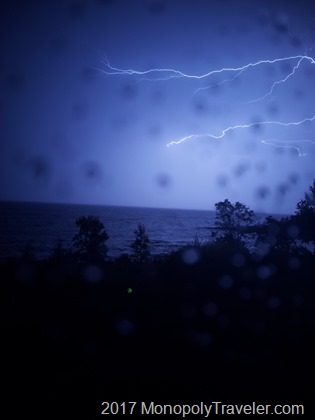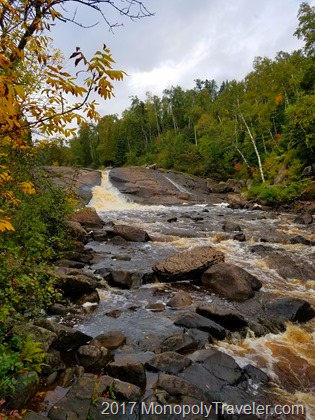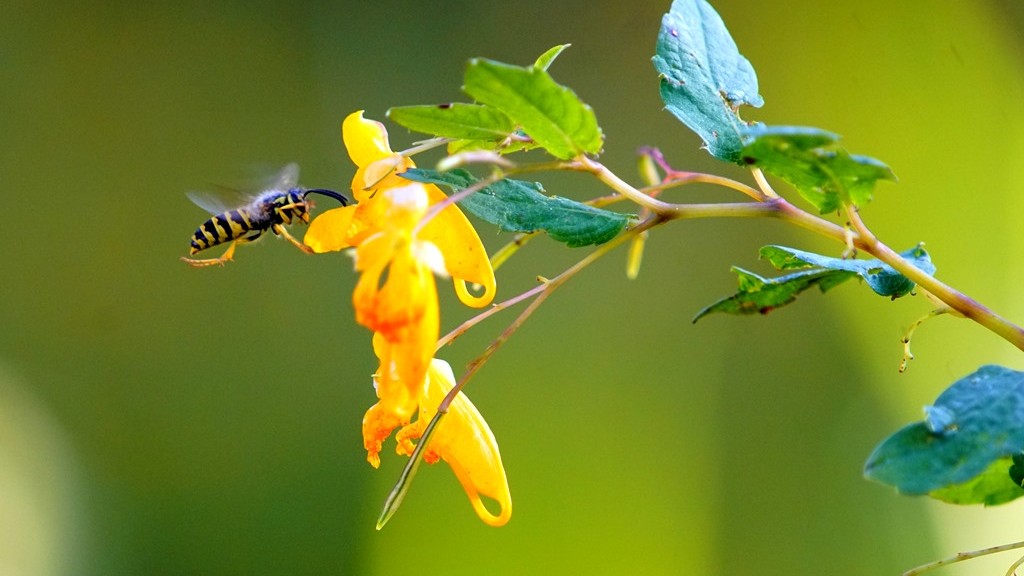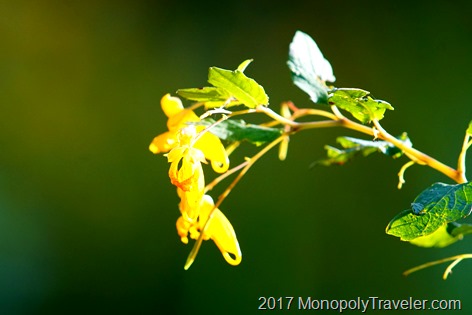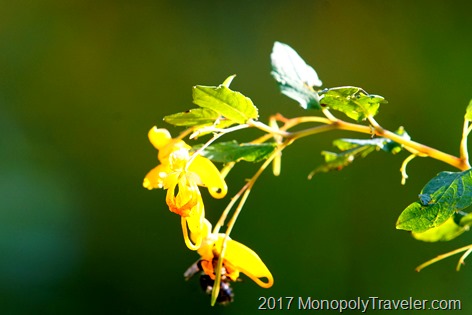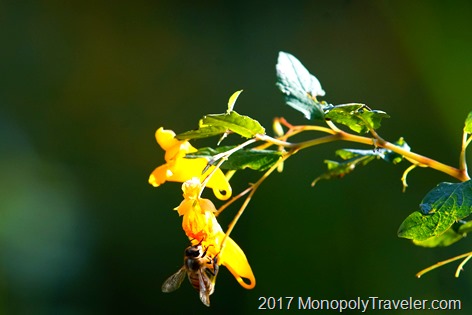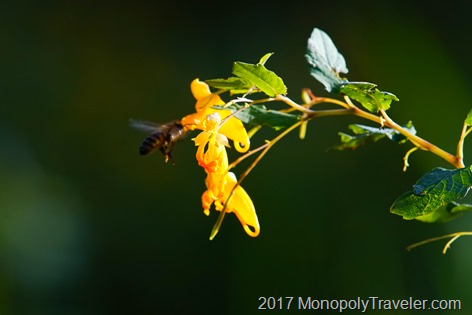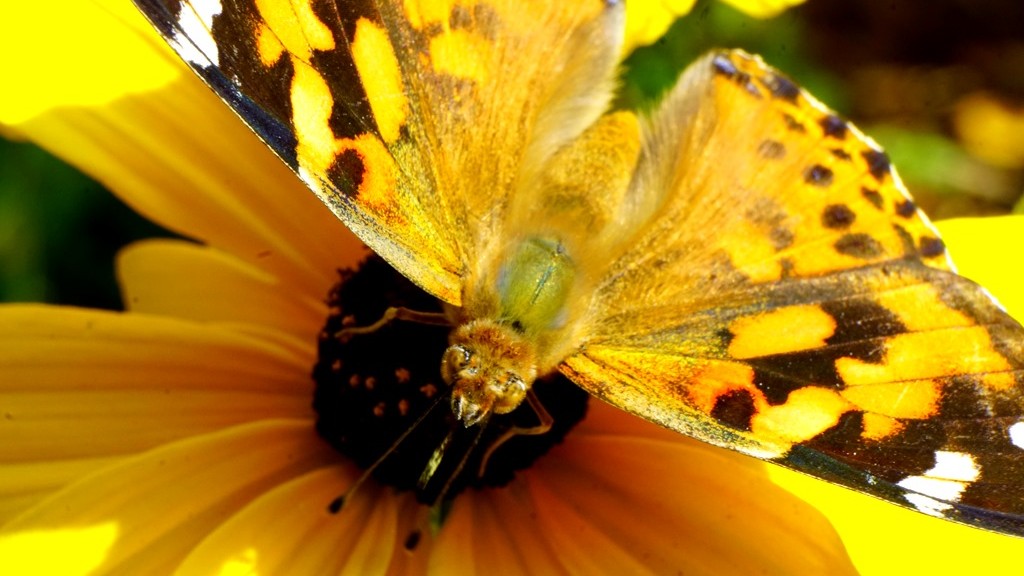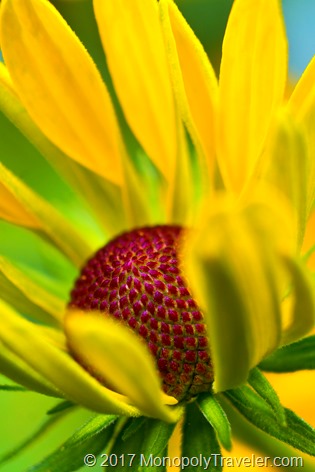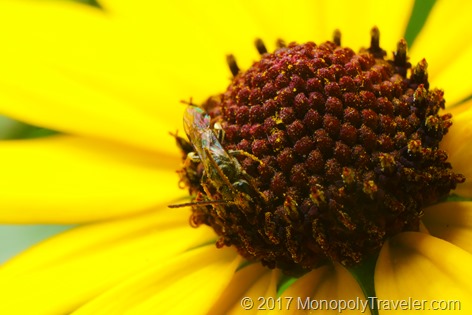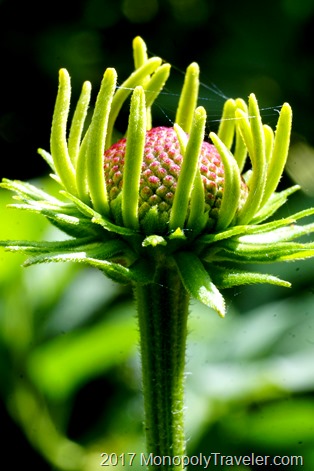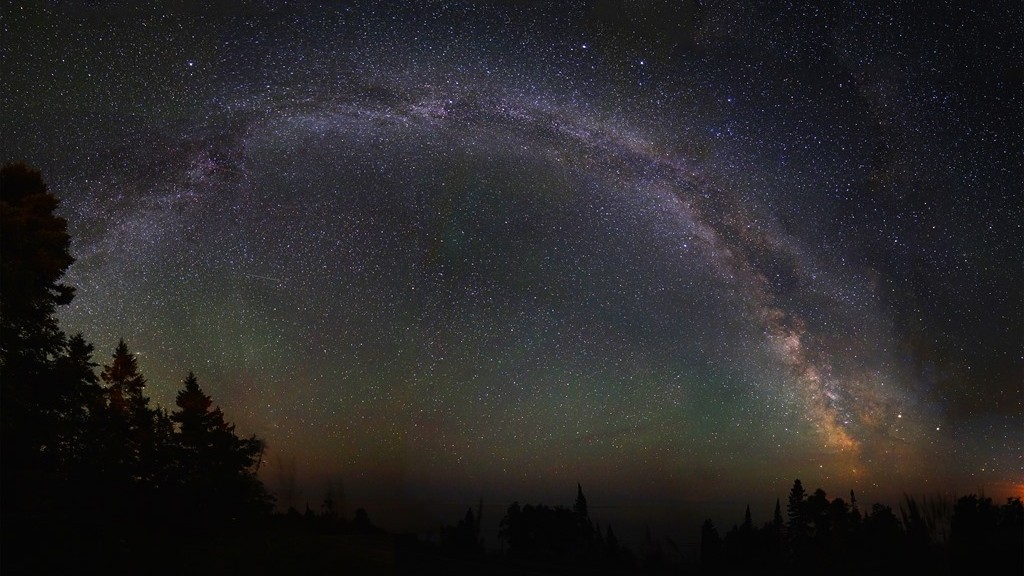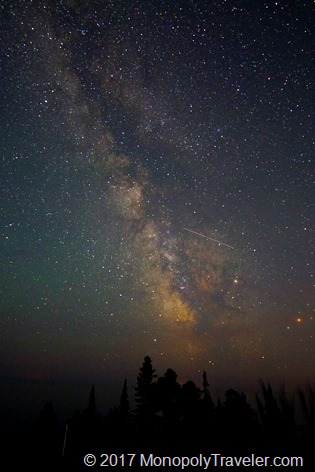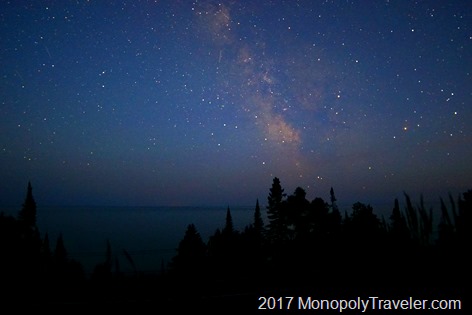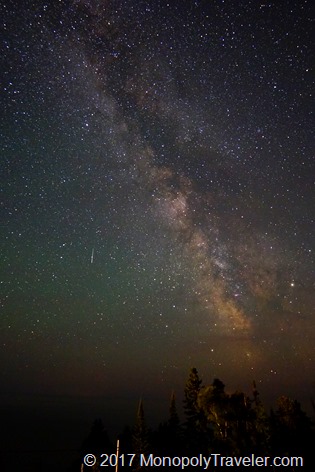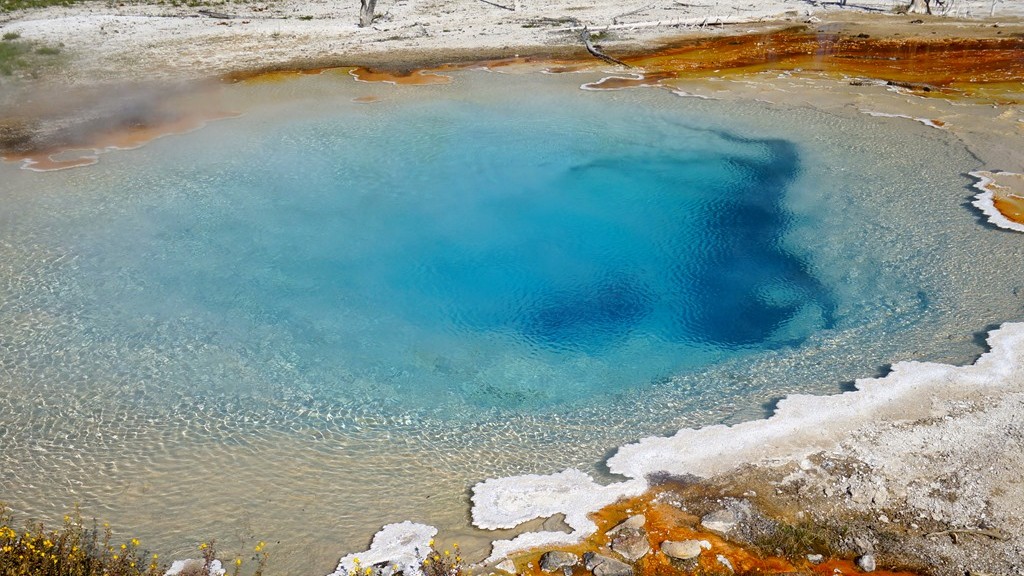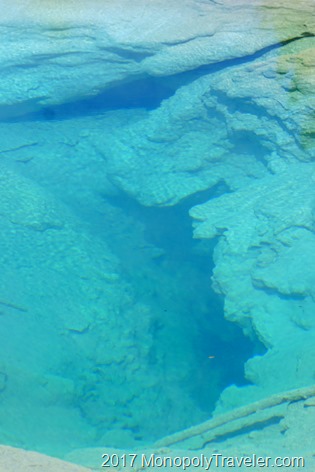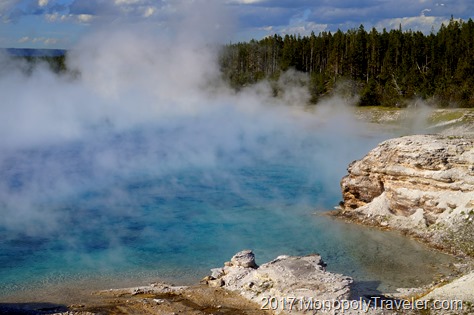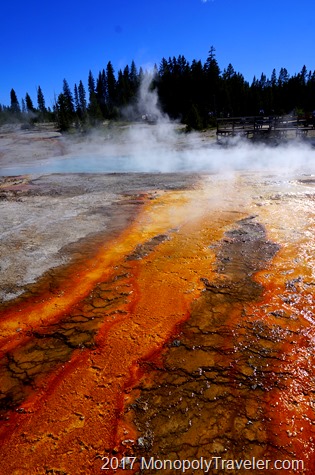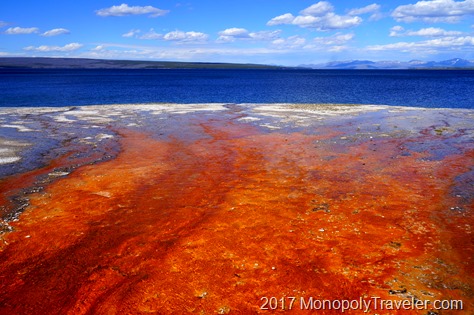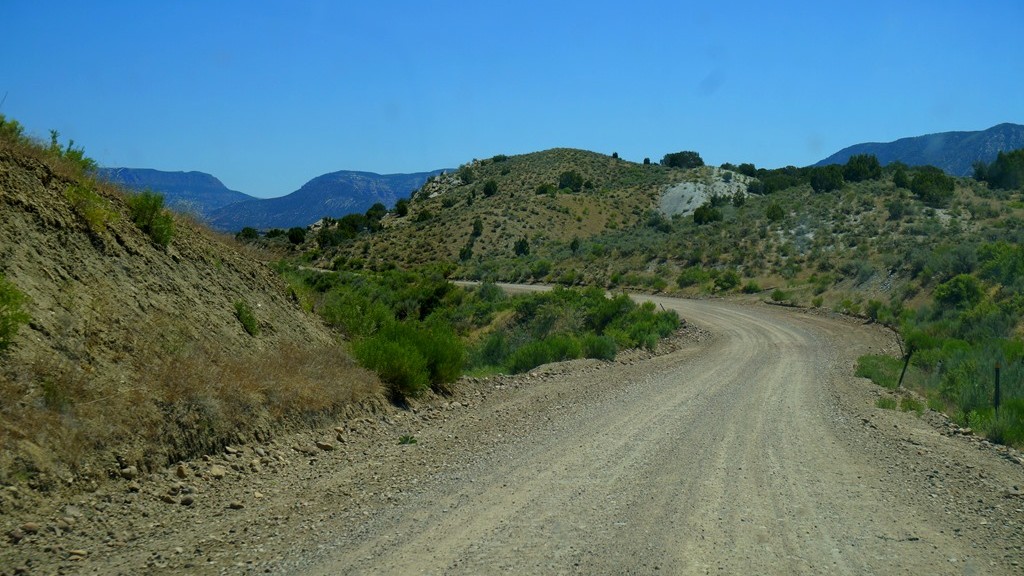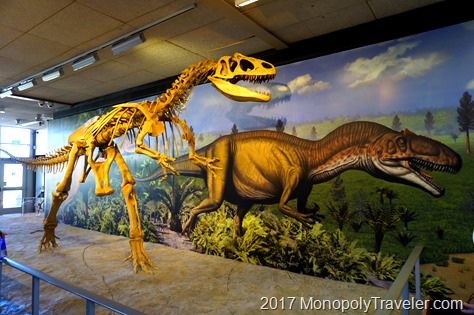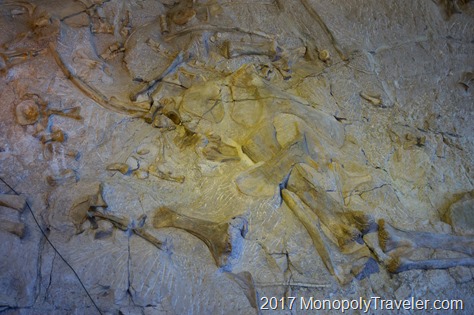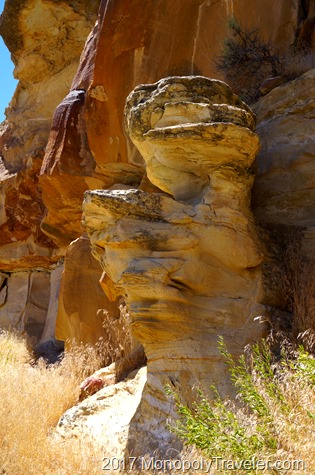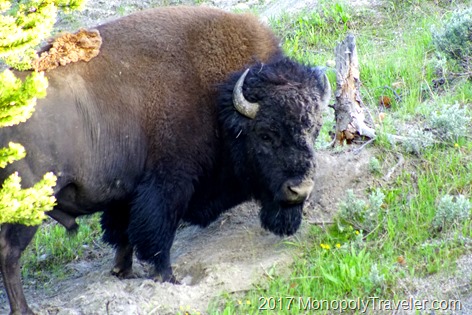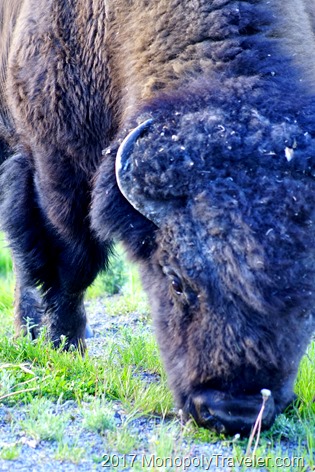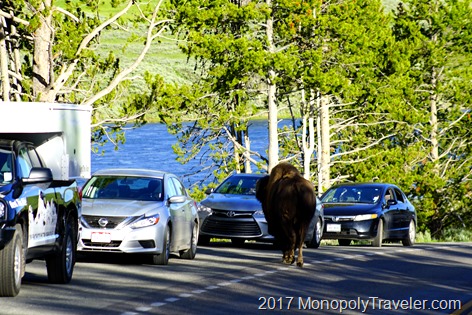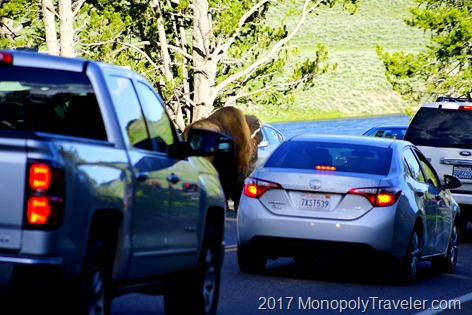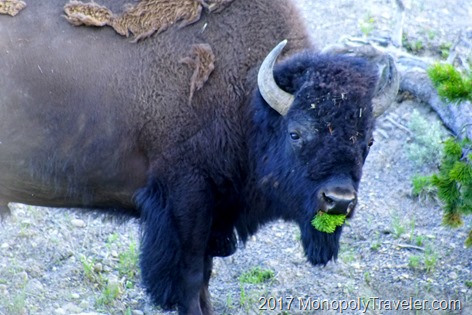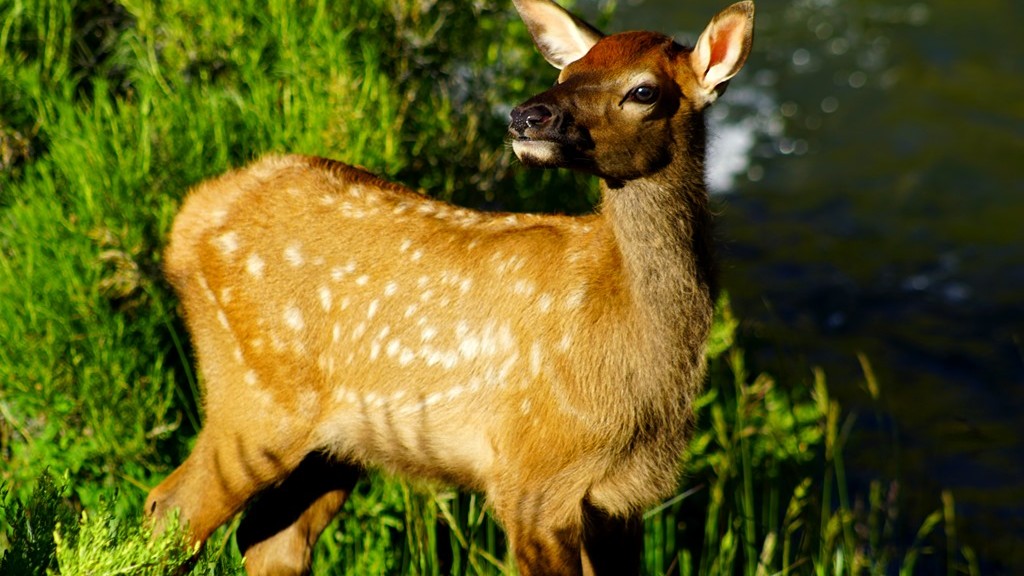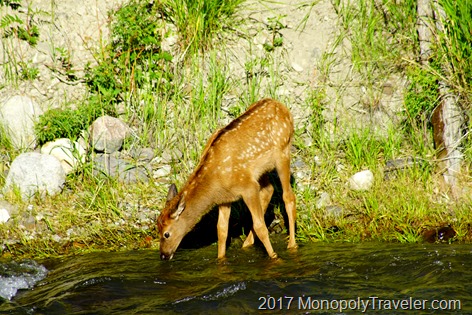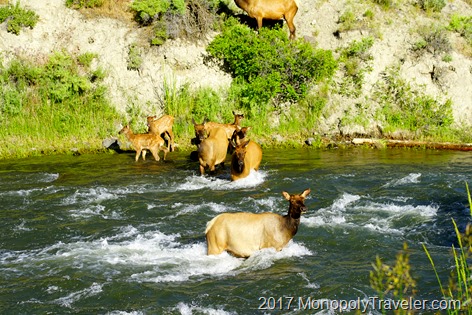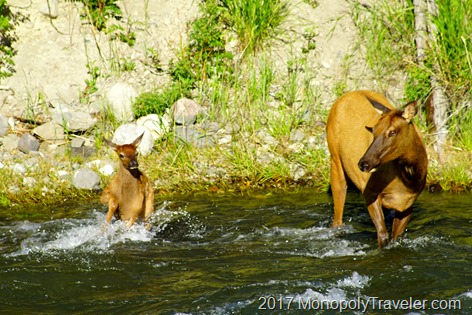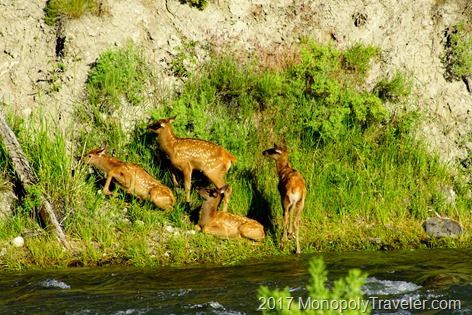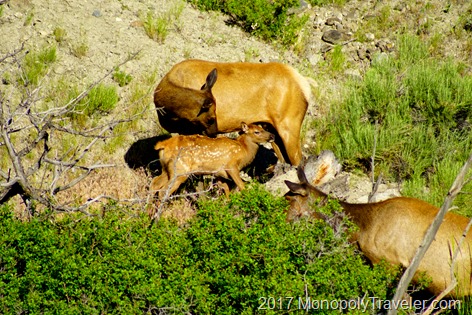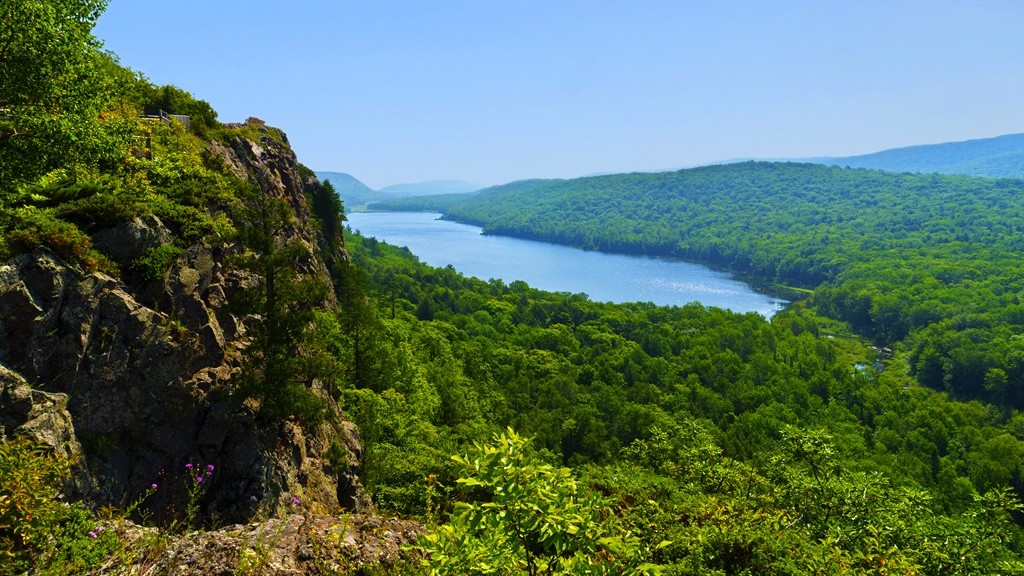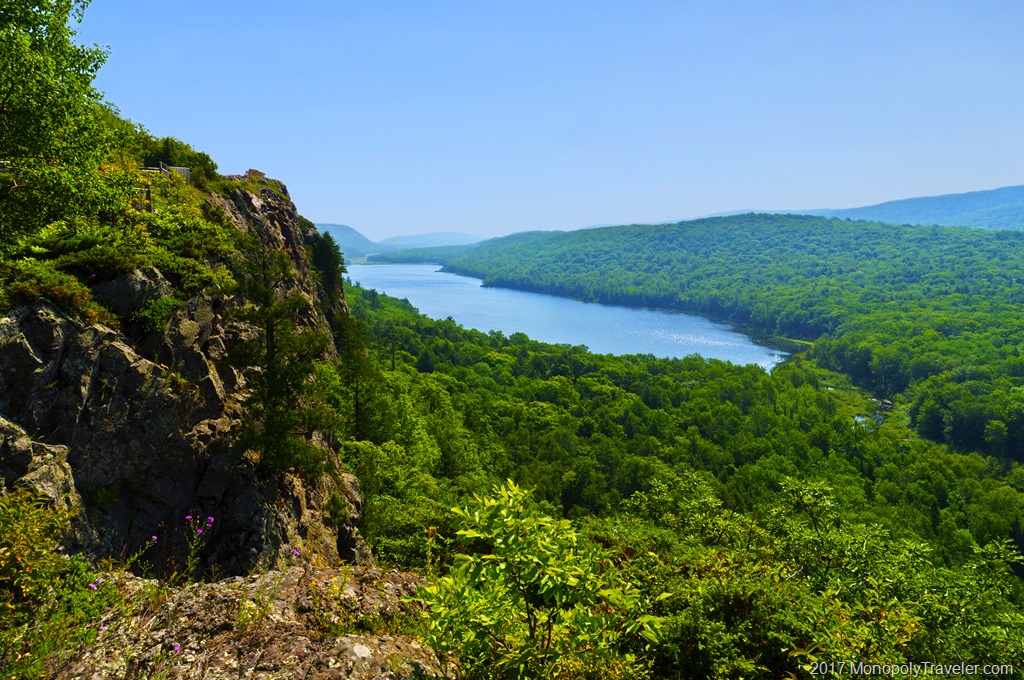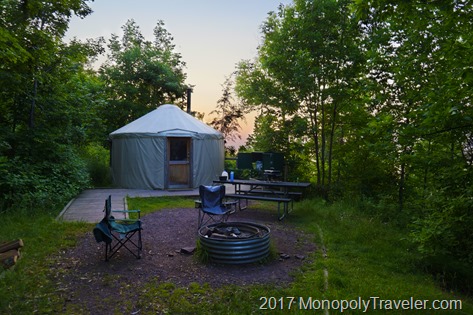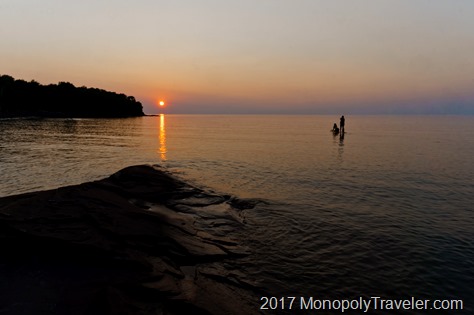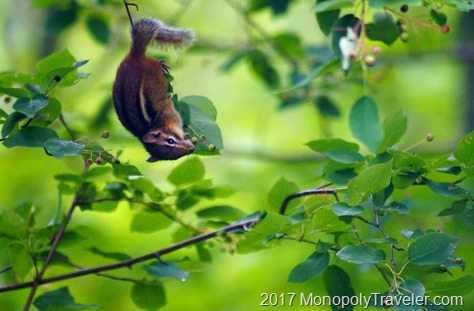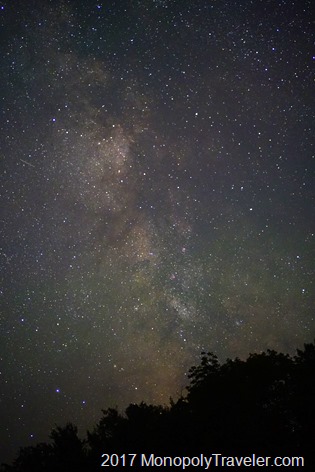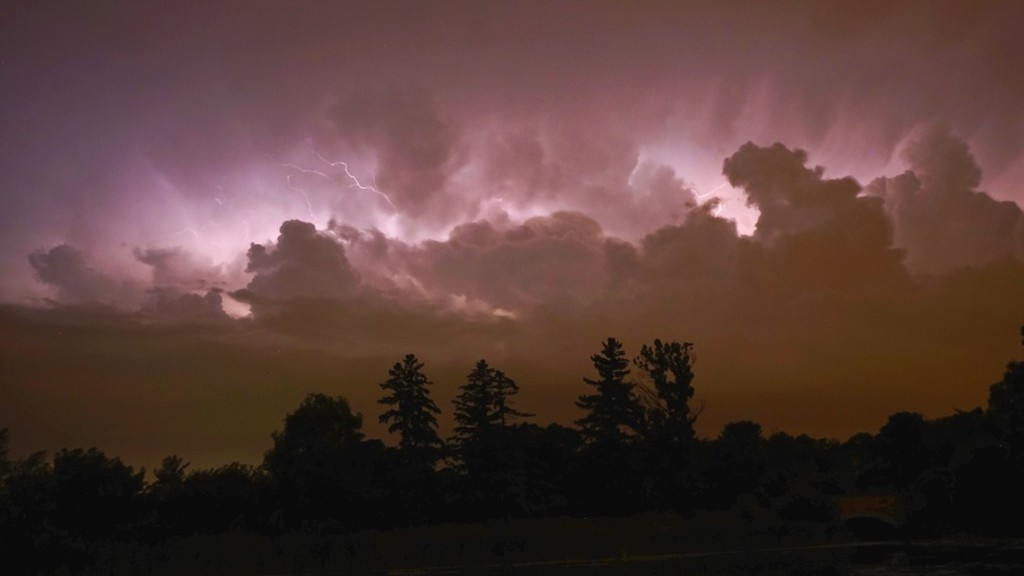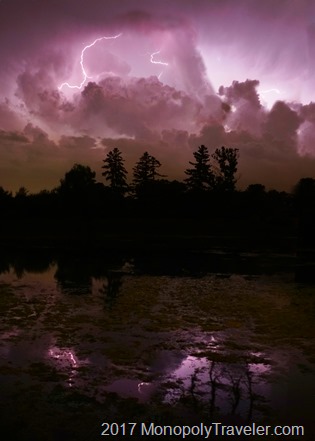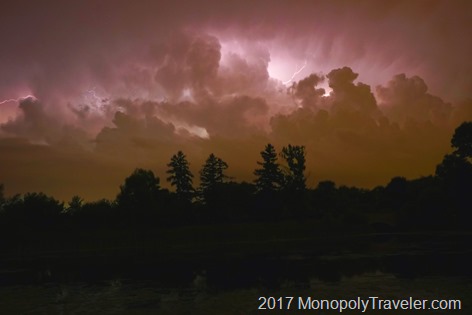Recently my wife and I celebrated our 20 year anniversary and decided to spend a couple of days at Cove Point Lodge were we went for our honeymoon. We enjoyed staying here the first time so wanted to do it again. Just ahead of our trip we looked over photos from our honeymoon to remind us of what we did the first time. There was a photo of us in front of Cove Point Lodge taken from Cove Point which creates this little cove along the shore of Lake Superior that we wanted to duplicate just to see how much has changed. Well, other than us.
Certainly cameras have changed which made it somewhat challenging to attempt to capture the same photo. After some repositioning we got something close but not as close as I would have liked. some of which was hindered by Lake Superior being higher than normal with all of the rain we’ve received this year. Some of the changes noticeable were different colors on the lodge, some of the shoreline in front of the lodge cleared with chairs added to take in the magnificent view of the lake, and new buildings along the shoreline. Otherwise things appeared to have stayed much the same.
One of the mornings we were wakened by thunder with some lightning. I got up to watch as it was still dark our and you could see for hundreds of miles over Lake Superior so catching a glimpse of lighting stretching across the sky was easy to see. My bigger camera was left in the car the night before causing me to question whether or not to get dressed and fetch it or just enjoy the passing storm. I really didn’t want to get dressed or go out into the rain so I came up with another alternative. Attempt to use the camera on my phone. After some practice I actually was able to capture lightning streaking across the sky. With a little more exploring I found where I could change the settings on the phone camera to basically get what I wanted which allowed me to capture some cool shots of lightning satisfying my desire to photograph the early morning storm.
Also while preparing for this trip we discovered how poor our memories can actually be. While recalling our first time at Cove Point Lodge we remembered hiking along a river which we were sure was accessed from a side trail from the lodge to the Superior Hiking Trail. Turns out this side trail, which we hiked again this time, does not connect to any sizeable rivers close by. Also we discovered that on our honeymoon we explored Tettegouche State Park hiking up to the high falls. I thought my first time seeing the high falls was actually many years later with our children. Another false memory was how the Lodge was arranged. Yes there was a fireplace, tables and chairs arranged around the fireplace, and a dining area but it did not match the way I recalled it from our honeymoon. While they could have rearranged the chairs the fireplace was in the same place only I remembered it differently. This is one of the reasons I photograph things now because I know our memories are not always accurate.
During our recent trip we did some hiking along the Beaver River nearby and stopping to see Split Rock Lighthouse for the first time but enjoyed much of our time relaxing around Cove Point. Sitting near the shore listening to the waves, watching thunderstorms, and staring at the night sky. After sunset one night we went out to stargaze and could see lightning occasionally near the horizon. Upon checking the radar it showed a line of storms several hundred miles away. That was pretty amazing to think we could see that far over Lake Superior. While it was a little disappointing to realize how much we didn’t remember from our honeymoon, it was an enjoyable couple of days with beautiful weather to take in the North Shore.




